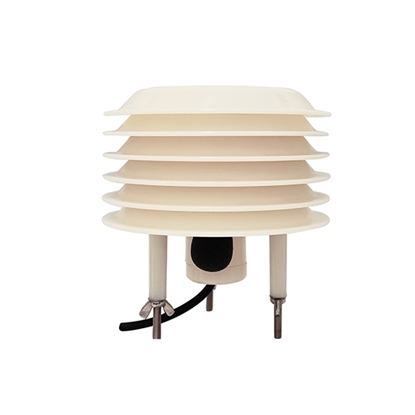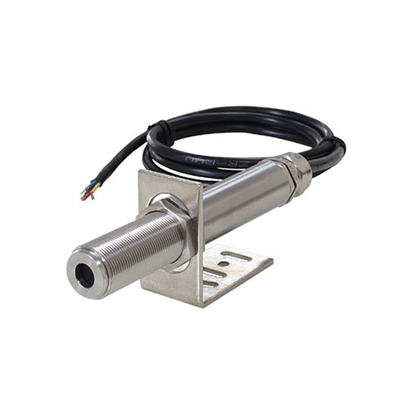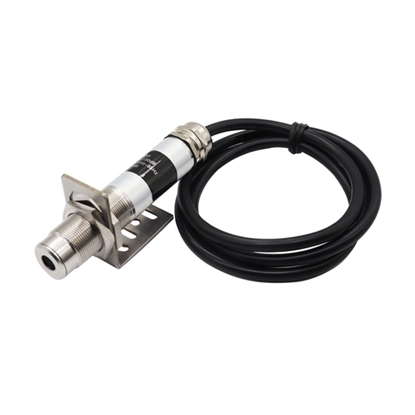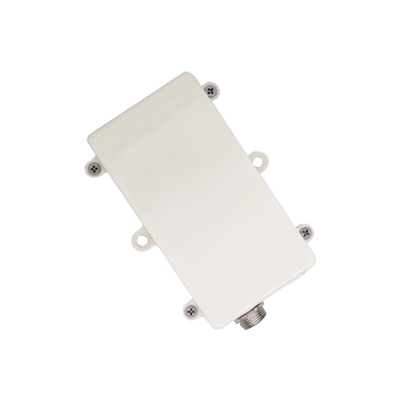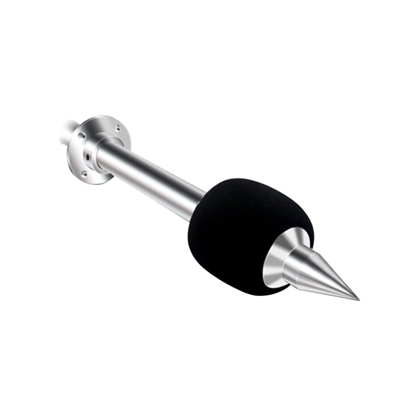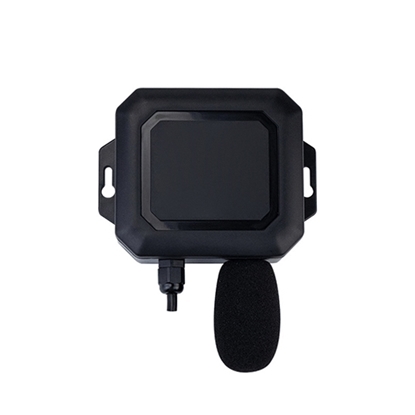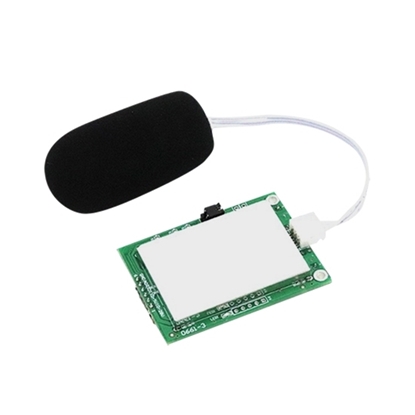Noise Sensor
Noise Sensor, Louvre Box Type, RS485
Noise Sensor, Stainless Steel, RS485
Noise Sensor, 0-5V, 0-10V, 4-20mA
Waterproof Noise Sensor, TTL
Noise Sensor, RS485, 4-20mA, 0-5V
Noise Detection Sensor, Wall Mounted, 4-20mA/RS485
Industrial Noise Sensor, TTL/RS485/IIC/0-3V
Production life, noise interference everywhere, in order to ensure that people's living environment, the relevant departments regulate the corresponding standards to provide for industrial enterprises and fixed equipment plant boundary environmental noise emission limits and its measurement methods. The role of the noise sensor is equivalent to a microphone (microphone). It is used to receive sound waves and display the vibration image of the sound, but cannot measure the intensity of the noise.
Noise Sensor Working Principle
The noise sensor is built into a sound-sensitive capacitive electret microphone, and the sound wave vibrates the electret film inside the microphone, resulting in a change in capacitance and a corresponding change in voltage, thus realizing the conversion of optical signals to electrical signals.
Noise sensor is precisely due to the sensor built-in a sound-sensitive capacitive electret microphone, electret surface and back electrode relative to the middle of a very small air gap, the formation of an air gap and the electret as an insulating medium, to the back electrode and the metal layer on the electret as two electrodes constitute a flat capacitor.
An output electrode is provided between the two poles of the capacitor. Due to the distribution of free charges on the electret film. When the sound wave caused by the vibration of the electret film to produce displacement, changing the distance between the two electrode version of the capacitor, thus causing changes in the capacitance of the capacitor capacity, due to the number of charges on the body of the electret is always constant, according to the formula: Q = CU, so when the change in C will inevitably cause a change in the capacitor voltage U on both sides of the change in the output of the electrical signal, to achieve the transformation of the sound signal to the electrical signal.
Specifically, the total charge of the electret is unchanged, when the pole plate in the acoustic pressure back, the capacitance decreases, the voltage between the poles of the capacitor will be inversely proportional to the increase, and vice versa, when the capacitance increases the voltage between the poles of the capacitor will be inversely proportional to the decrease.
Finally, through the very high impedance of the field effect will be taken out of the capacitor voltage at both ends, while amplification, so that you can get and the sound of the corresponding voltage. Since the field effect tube is an active device, it needs a certain bias and current to work in the amplified state, therefore, electret microphones have to add a DC bias to work.
Noise Sensor Types
ATO has existing noise sensor types for sale:
High-efficiency noise sensors with stainless steel housings and support for RS485 communication protocols, designed for noise monitoring. Accurately detects ambient noise levels for a wide range of applications. Rugged stainless steel housing ensures durability.

Noise detection sensor utilizes advanced technology to accurately monitor environmental noise levels. The stainless steel housing withstands harsh environments and ensures long-term reliability. RS485, 4-20mA, 0-5V, and 0-10 communication interfaces are provided to provide convenient data transmission for reliable noise monitoring solutions.
 Noise sensors in sealed waterproof housings with serial TTL communication interface support active, passive and modbusRTU modes. The baud rate and module address of the waterproof noise sensor can be set via configuration software to suit different environments. The sensor housing is sealed and assembled with silicone foam strips, and the microphone head is raised internally with a waterproof sound-permeable membrane at the opening to realize the waterproof function.
Noise sensors in sealed waterproof housings with serial TTL communication interface support active, passive and modbusRTU modes. The baud rate and module address of the waterproof noise sensor can be set via configuration software to suit different environments. The sensor housing is sealed and assembled with silicone foam strips, and the microphone head is raised internally with a waterproof sound-permeable membrane at the opening to realize the waterproof function.
Noise Sensor Application Areas
Noise sensor is a device for monitoring environmental noise, which can monitor the noise level in real time. It can be widely used in different fields, such as environmental protection, industrial control, traffic management and health management.
For environmental protection, noise sensors can be used to detect noise pollution in areas such as cities, factories or road traffic. With the acceleration of urbanization, a large number of vehicles, buildings and facilities have an increasing impact on the noise of the environment. Noise sensors can monitor the noise level in real time, effectively control the noise pollution in the environment, and protect human health and ecological balance.
For industrial control, noise sensors can be used to monitor the noise level of machines and equipment, as well as the noise pollution generated in workplaces such as factories, construction sites and mines. Through real-time monitoring, noise from machinery and equipment can be reduced to improve the working environment, increase work efficiency and protect workers' hearing.
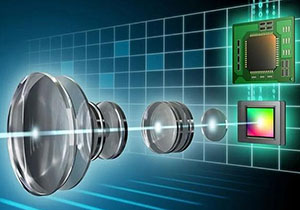
In traffic management, noise sensors can be used to control road traffic noise, for example, by setting up noise detection points in urban areas, they can detect the noise level generated by road traffic in real time and, based on the results, carry out measures such as reasonable intersection layouts, adjusting speed limits, and promoting public transportation for traffic, thus reducing noise pollution in the city.
For health management, noise sensors can be used to monitor the noise level of the living environment. In the home environment, the noise level in children's rooms can be monitored in real time, and if it exceeds the safety standards, appropriate measures should be taken to protect children's health. In hospital environments, noise sensors can monitor the noise level in wards or operating rooms so as to maintain a quiet ward or operating room and improve the effectiveness of treatment.
Noise sensors are widely used in various fields and can effectively help people reduce noise pollution and improve the quality of life and health. Noise sensor is a device to measure the noise level in the environment, which has a wide range of applications, from urban planning to family life has an important role.
The Development Trend of Noise Sensor
- Intelligent: noise sensors will be more intelligent, can automatically identify the source and type of noise, and according to different types of noise to take appropriate measures.
- Networking: Noise sensors will be more networked, remote monitoring and data sharing can be realized, so that managers can understand the noise pollution situation at any time.
- Multifunctionalization: Noise sensors will be more multifunctional, and can simultaneously monitor a variety of noise types, such as sound, vibration and so on.
- Visualization: Noise sensors will be more visualized, and can visually display the noise pollution situation through charts, maps, etc., which is convenient for managers to understand the distribution and trend of noise pollution.

